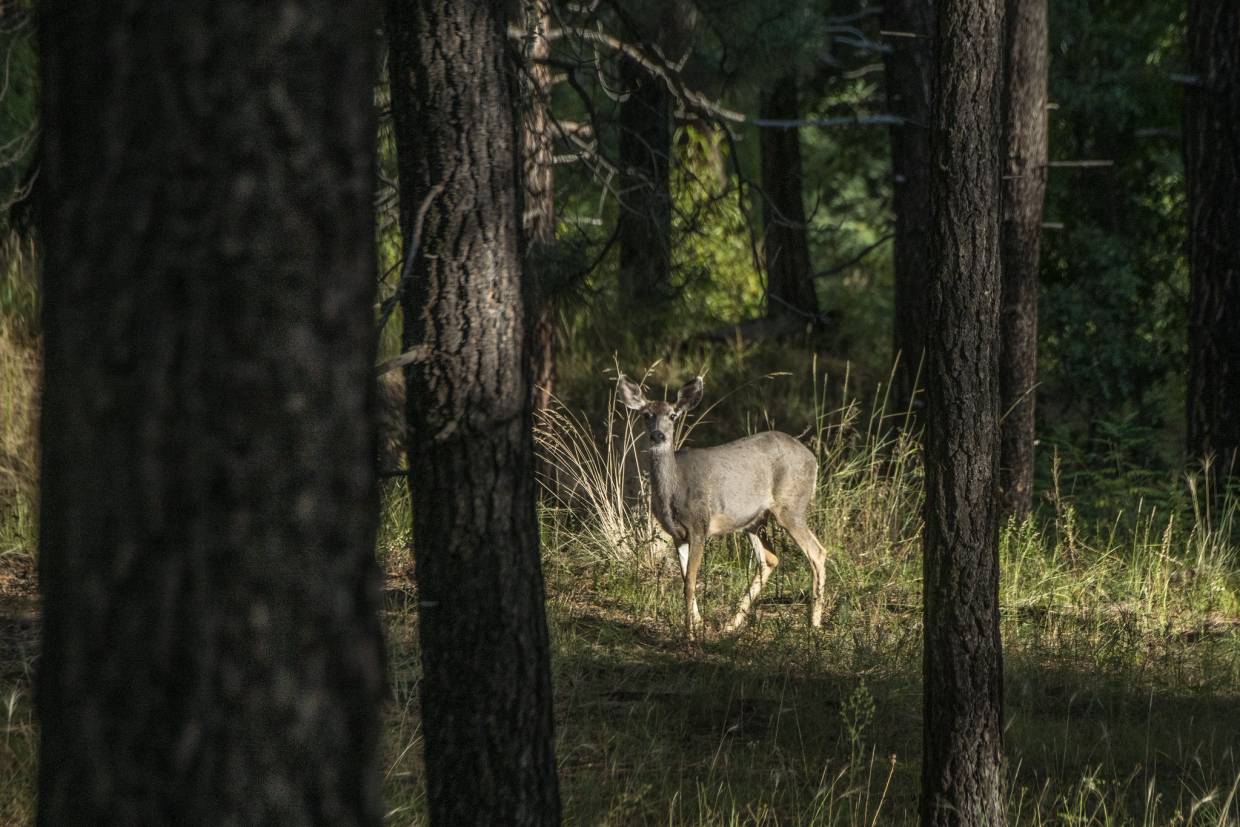More than 37,000 easements exist on our public lands. Only 5,000 of them are easily accessible to the public. The MAPLand Act aims to change that and more.
Access to public land isn’t always cut and dry. And unfortunately, a bevy of information across land management agencies is currently hidden away in paper files. Furthermore, it’s often located in the institutional knowledge of land managers.
In 2018, the digital mapping brand onX worked in partnership with the Theodore Roosevelt Conservation Partnership to identify inaccessible public lands in the West. Their research turned up 9.52 million inaccessible acres.
Noticed by lawmakers, outdoor brands, and conservationists alike, the Modernizing Access to Our Public Land (MAPLand) Act seeks to address this lack of access.
The Access Problem at Hand
Whether hunting, hiking, camping, or biking, understanding regulations, private land boundaries, and easements is paramount to staying within the confines of the law. In some areas, it can require studying multiple maps that can be hard to find and decipher.
Some of the information isn’t even accessible to the public. And currently, only 5,000 of 37,000 known national public easements across private land are digitized.
Historical access to public land through easement is also an issue that often causes friction, especially in the West. Occasionally, private landowners will block off public easements in an effort to retire that particular easement. If public access can’t be proven, then some easements fall through the cracks.
If passed, the agencies would have the funding to determine what access is legally and historically proven. And the precedent set could mean unlocking wide swaths of public land to recreators.
What the Bill Does

Introduced by Senators Angus King (I-Maine) and Martha McSally (R-Arizona) as well as Congressmen Russ Fulcher (R-Idaho) and Derek Kilmer (D-Washington), the bill is garnering bipartisan support amid a partisan political culture.
If passed, the bill will aid the creation of a digitized database across public agencies. This would allow land managers to easily identify public access easements, projects, and historical use cases. It will provide $32.5 million across 3 years to specifically address the need for human resources and dedicated funding.
And the information it unearths will also ease the process of accessing grant funds through programs like the Land and Water Conservation Fund that will help create access at problem points on public land.
The data created will become a digital public record, meaning that it will be free for citizens and mapping companies — like onX or Basemap — alike. And it will digitize recreational access info, making it GIS-compatible for the long haul. This includes ease of digital access to recreation restrictions, public easements through private land, and seasonal access that is often shrouded in confusion.
Job Creation, Accessing Vital Information
With the Great American Outdoors Act poised for a vote in the House on July 22, public lands and funding are top of mind for many in the political landscape. In contrast, the GAOA provides $9.5 billion in funding to the $32.5 million of the MAPLand Act. This amount is all that’s required to dedicate 3 years’ worth of resources to the important effort of digitizing vital access information for outdoorspeople of all kinds.
This small allocation of funding could have big impacts for future access. Further, it will likely set legal precedents protecting public use for the long haul. Should you want to reach out to your Senate and House representative in support of the MAPLand bill, you can do so here.
The post MAPLand Act Aims to Unlock Access to Public Lands appeared first on GearJunkie.
Did you find this article inspiring? PIN this to your board on Pinterest!
